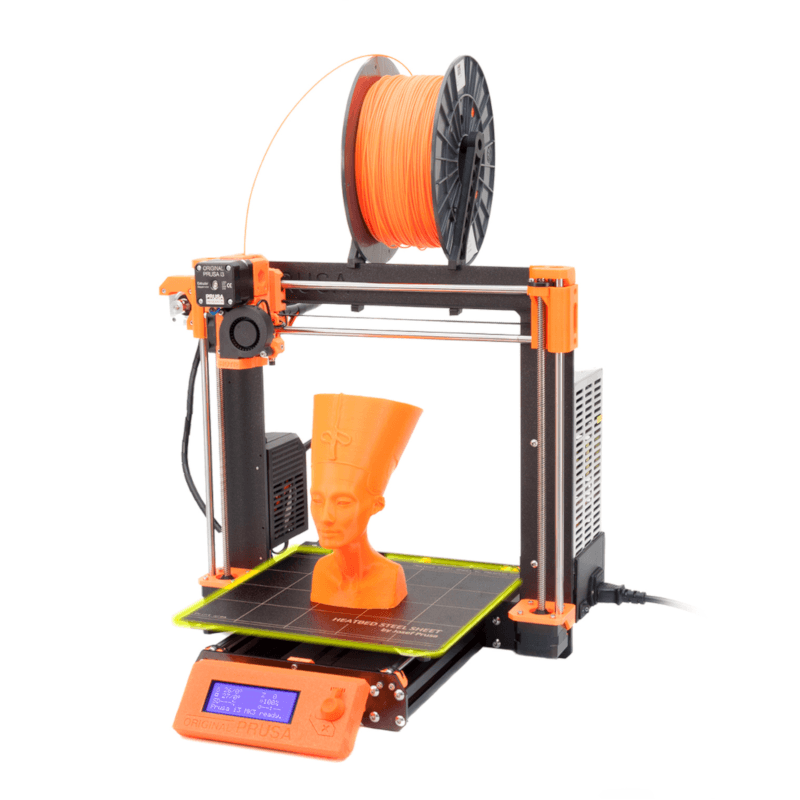Welcome to Niftyvana
Your Source for 3D Printing Knowledge and Insights
Types of 3D Printers
3D printers come in various types, each with its own unique technology and applications. Here are some common types:
 FDM Printer
FDM PrinterWidely used for prototyping and hobbyist projects. It extrudes melted plastic filament to create objects layer by layer.
 SLA Printer
SLA PrinterCommon in jewelry and dental industries. Uses liquid resin cured with UV light for high-resolution models.
 SLS Printer
SLS PrinterVersatile in material choice. Uses laser to sinter powdered materials (plastics or metals) into objects.
 PolyJet Printer
PolyJet PrinterProduces full-color, multi-material models with fine details. Jetted layers of liquid photopolymer are cured with UV light.
3D Printing Materials
The choice of materials in 3D printing is crucial to the quality and properties of your prints. Here are some common materials used in 3D printing:
- PLA (Polylactic Acid): PLA is a biodegradable thermoplastic and one of the most commonly used materials for 3D printing. It is known for its ease of use and minimal warping.
- ABS (Acrylonitrile Butadiene Styrene): ABS is known for its durability and resistance to high temperatures. It is commonly used in functional prototypes.
- PETG (Polyethylene Terephthalate Glycol): PETG combines the best properties of both PLA and ABS. It is easy-to-print and has good strength and durability.
- TPU (Thermoplastic Polyurethane): TPU is a flexible filament used for creating elastic and rubber-like objects. It is popular in the production of flexible parts.
3D Printing Applications
3D printing is versatile and finds applications in various fields. Here are some common areas where 3D printing is utilized:
- Product Prototyping: Many industries use 3D printing for rapid prototyping to test and refine product designs.
- Medical and Healthcare: 3D printing is used for creating customized implants, prosthetics, and even patient-specific models for surgical planning.
- Art and Sculpture: Artists and sculptors use 3D printing to bring their creative visions to life in new and innovative ways.
- Engineering and Aerospace: Aerospace companies employ 3D printing for lightweight, complex components in aircraft and spacecraft.